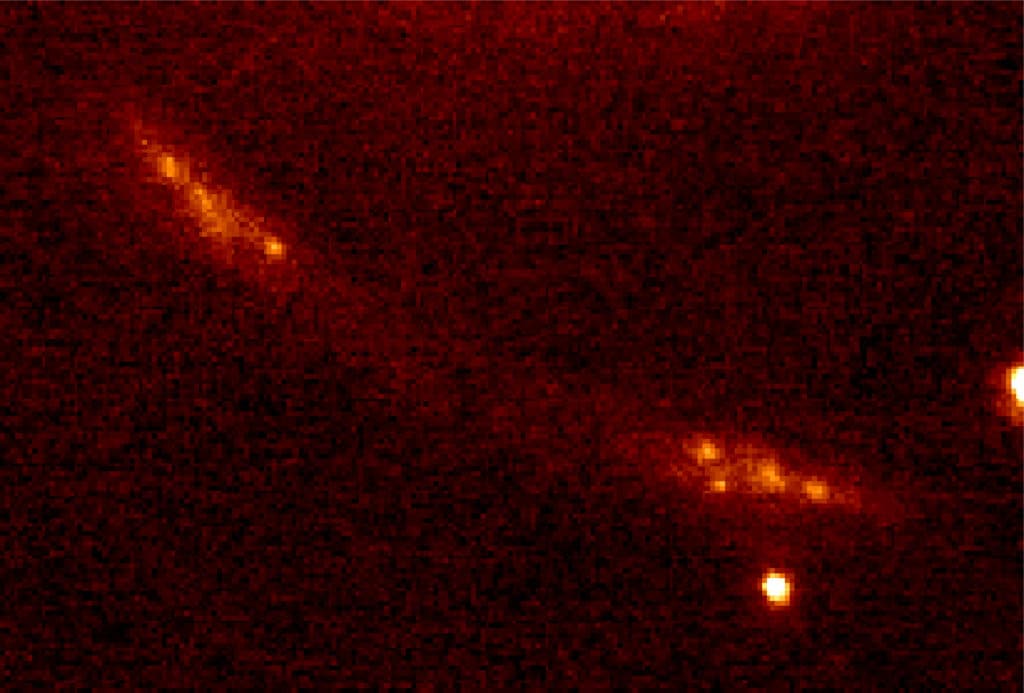New technique helps NASA’s James Webb Space Telescope

Astronomers have turned a cluster of galaxies into a gargantuan magnifying lens, using it to study another galaxy, 10.7 billion light years away, in unprecedented detail.
Taking advantage of a phenomenon known as “gravitational lensing”, the team of scientists, led by NASA Goddard Space Flight Centre scientist Dr Soniya Sharma, identified star forming regions in the distant and ancient galaxy.
The research was funded by Australia’s ARC Centre of Excellence in All Sky Astrophysics in 3 Dimensions (ASTRO 3D), and will be of direct benefit to NASA’s next orbiting observer.
Without the use of the massive magnifying effect, the galaxy, dubbed cswa128, would be a tiny blur to even the most powerful telescopes on Earth. With it, the astronomers can see stars being formed just three billion years after the Big Bang.
Continue reading Bend it like Einstein: Astronomers turn galaxies into magnifiers




